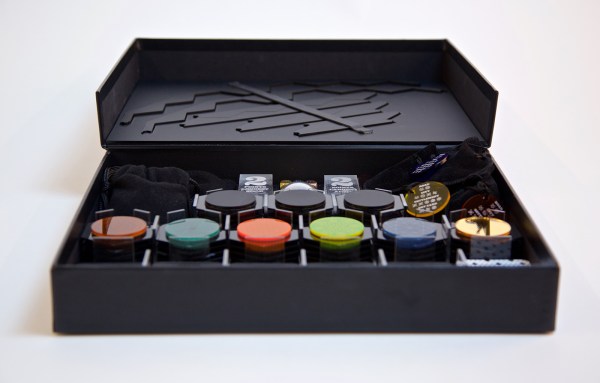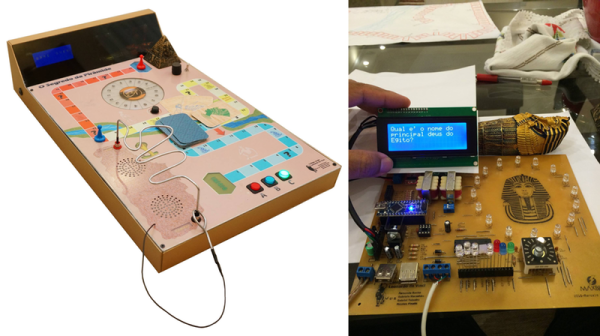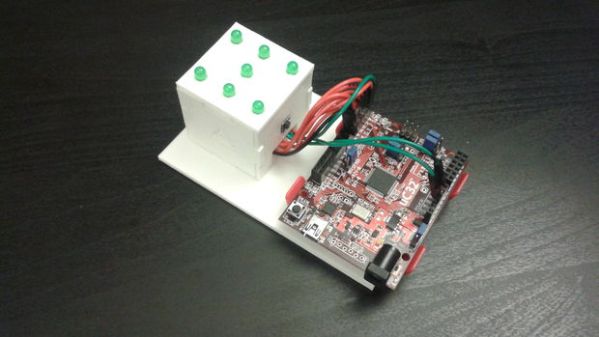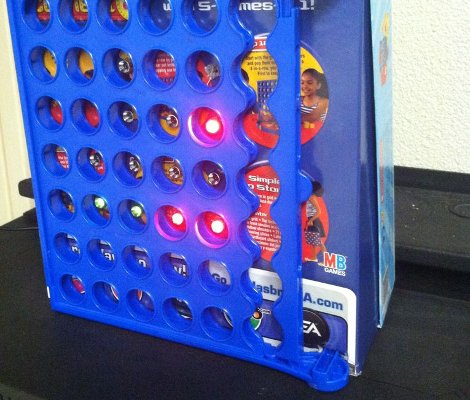[Fuzzy Wobble] and [Amy Wang]’s Deep Space Settlers project is a one-of-a-kind re-invention of the popular board game Settlers of Catan, and showcases the polished results that are possible with the fabrication tools and methods available in many workshops and hackerspaces today. We reached out to the makers for some of the fabrication details, which they were happy to share.
(For those of you who are familiar with the game, technically this is a remake and slight evolution of the Seafarers expansion to the base Settlers of Catan game. A few rule changes were made, but it is mostly a total remodel and redesign.)
Continue reading “Ultra-Polished, Handmade Settlers Of Catan Redux”


















